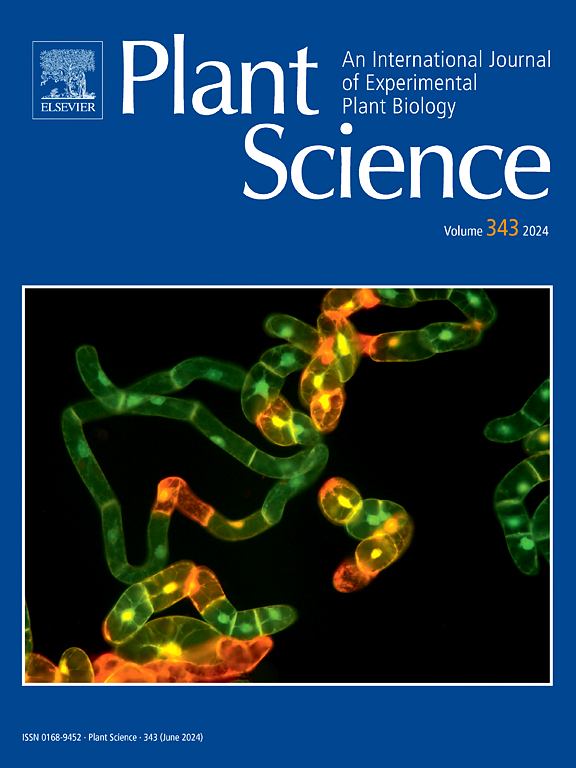Improving the agronomic performance of high-amylose durum wheat
IF 4.2
2区 生物学
Q2 BIOCHEMISTRY & MOLECULAR BIOLOGY
引用次数: 0
Abstract
High-amylose wheat has garnered significant attention from the food industry for its potential to produce low-glycaemic food products. It is well-established that there is a direct correlation between the amylose content in flour and the amount of resistant starch (RS) in foods.
Recently, some research initiatives have successfully produced high-amylose durum wheat by targeting key enzymes in the amylopectin biosynthesis pathway, though this has resulted in a reduction in seed weight. This study aimed to develop durum wheat genotypes with enhanced nutritional and agronomic traits by pyramiding mutations in the SSIIa genes and the GW2-A1 null allele. A cross between Svevo SSIIa- and Kronos GW2-A1- was performed, and marker-assisted selection (MAS) strategies were employed to identify ten sister lines (GW2-A1-/SSIIa-). Biochemical analyses revealed that the GW2-A1-/SSIIa- genotypes exhibited significantly higher amylose and resistant starch (5–10-fold) levels compared to Svevo and GW2-A1- controls. Phenotypic analyses highlighted that GW2-A1-/SSIIa- lines showed a 50 % increase in hundred-grain weight (HGW) and improved grain size parameters compared to Svevo SSIIa-, though these values remained lower than Svevo and Kronos GW2-A1-. Yield per plot increased by 67 % compared to Svevo SSIIa- but was 30–40 % lower than Svevo and Kronos GW2-A1-. Gene expression analysis revealed upregulation of key starch biosynthesis genes (Susy2, UGPase) in GW2-A1-/SSIIa- lines, suggesting compensatory mechanisms for reduced starch content. Downregulation of TPS7 indicated potential limitations in trehalose-6-phosphate biosynthesis, which may influence starch accumulation. This study demonstrates that combining SSIIa and GW2-A1 null mutations can mitigate yield losses associated with high-amylose genotypes while maintaining elevated levels of resistant starch and dietary fiber.
求助全文
约1分钟内获得全文
求助全文
来源期刊

Plant Science
生物-生化与分子生物学
CiteScore
9.10
自引率
1.90%
发文量
322
审稿时长
33 days
期刊介绍:
Plant Science will publish in the minimum of time, research manuscripts as well as commissioned reviews and commentaries recommended by its referees in all areas of experimental plant biology with emphasis in the broad areas of genomics, proteomics, biochemistry (including enzymology), physiology, cell biology, development, genetics, functional plant breeding, systems biology and the interaction of plants with the environment.
Manuscripts for full consideration should be written concisely and essentially as a final report. The main criterion for publication is that the manuscript must contain original and significant insights that lead to a better understanding of fundamental plant biology. Papers centering on plant cell culture should be of interest to a wide audience and methods employed result in a substantial improvement over existing established techniques and approaches. Methods papers are welcome only when the technique(s) described is novel or provides a major advancement of established protocols.
 求助内容:
求助内容: 应助结果提醒方式:
应助结果提醒方式:


